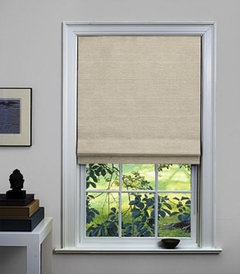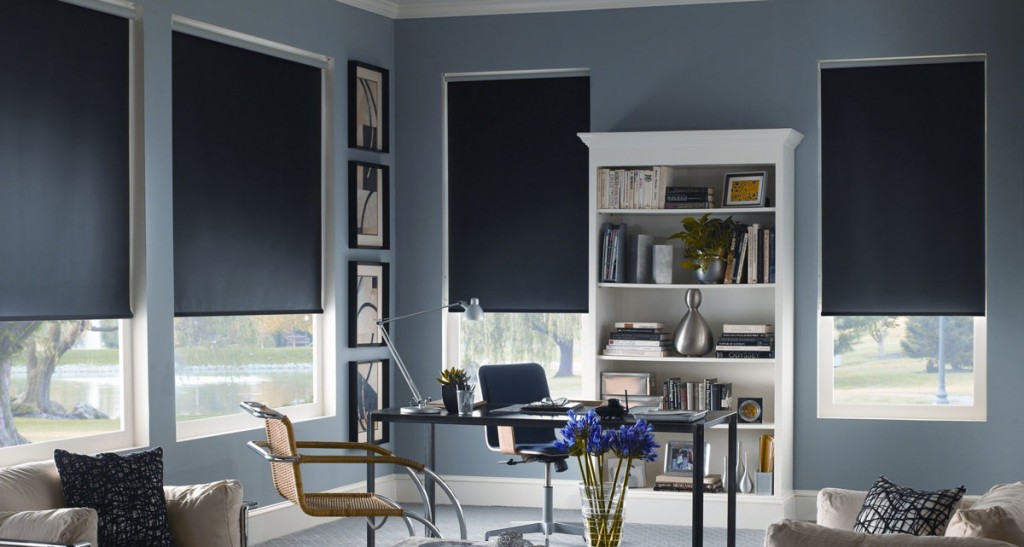

Window treatments blocking natural light can be a significant design challenge, but finding alternatives that brighten up your home is achievable. Maximizing natural light is essential for creating a welcoming and functional interior. This comprehensive guide explores innovative solutions and alternatives to traditional window treatments that effectively manage light and privacy. This article dives deep into several options and provides practical tips to transform your living space. We’ll cover different types of window coverings, from blinds and shades to curtains and innovative alternatives. We’ll also touch on strategies for effectively managing natural light while maintaining privacy.
Understanding the Problem of Window Treatments Blocking Natural Light
The Importance of Natural Light
Natural light is more than just a source of illumination; it significantly impacts our mood, energy levels, and even our overall health. Studies have shown that exposure to natural light can reduce stress, improve sleep quality, and boost vitamin D production. However, traditional window treatments, while serving their purpose, can sometimes block too much natural light, leading to a dull and uninviting atmosphere. This can be particularly true in rooms with limited natural light sources, such as rooms facing north or rooms situated in the middle of a building.
The Impact on Mood and Well-being
A lack of natural light can make a space feel cramped, dark, and even depressing. This can negatively affect our mood and well-being, leading to feelings of fatigue, frustration, and dissatisfaction with our environment. A well-designed strategy for maximizing natural light can transform this negative feeling to one of comfort and peace.
Exploring Alternatives to Traditional Window Treatments
Related Post : Choosing Colors That Clash? How to Create a Harmonious Palette
Innovative Window Coverings
Modern window coverings go far beyond the classic curtains and blinds. Many options are available to achieve optimal light control and privacy. For example, sheer curtains allow natural light to filter through while still offering a degree of privacy, while blackout curtains or shades block almost all light, providing the ultimate darkness needed for sleeping or film-watching. Innovative window coverings like smart shades and motorized blinds offer advanced light management capabilities. Imagine a scene where you can adjust the level of light and privacy with the touch of a button, or even automatically with a timer!
Creative Solutions
Beyond traditional coverings, consider innovative solutions that go beyond the typical blind or curtain. For example, skylights and strategically placed mirrors can effectively increase the feeling of spaciousness, reflecting and redirecting natural light around the room. These creative solutions offer versatility that traditional options may not. Furthermore, these options have the ability to boost the visual appeal of your home.
Maximizing Natural Light and Enhancing Privacy
Smart Home Integration
Incorporating smart home technology into your window treatments can further enhance light and privacy control. Smart shades, for instance, can be programmed to automatically adjust based on the time of day, weather conditions, or even your preferences. This level of customization provides a sophisticated and highly personalized light control system that fits any décor. This also allows for energy savings, especially for those with home offices or large windows.
Choosing the Right Materials
The material used for your window coverings significantly impacts the amount of light that passes through. Sheer fabrics allow for more light to filter through, while denser materials block more light. Consider the room’s function and your personal preference when choosing materials. Think about the desired aesthetics and the desired level of privacy that these materials can provide.
Implementing Design Strategies
Strategic Placement of Furniture
Strategic placement of furniture around the room can significantly affect how natural light is distributed. Placing furniture to complement the natural light rather than block it is key in creating an inviting atmosphere. Furniture with a higher level of transparency will further support this strategy.
Incorporating Mirrors
As previously mentioned, mirrors can play a crucial role in maximizing natural light. Strategically placed mirrors can reflect and redirect natural light into areas that might otherwise be shadowed. This can significantly enhance the feeling of spaciousness and create a brighter ambiance within a room.
Addressing Specific Concerns and Room Types
Rooms Facing North
Rooms facing north often receive limited natural light, making them susceptible to feeling gloomy. Consider sheer curtains or light-colored blinds to maximize the light that does enter. Mirrors placed strategically can help reflect light and create the illusion of more light. In addition to these solutions, consider adding accent lighting to supplement natural light sources.
Sunlight-Intense Rooms
Rooms receiving excessive sunlight can be a problem for some people, particularly in hotter climates. Using blackout curtains or shades can provide much-needed protection from the intense heat, offering significant comfort and energy savings. Strategically placed coverings, such as a layered approach, offer a significant advantage for these kinds of problems.
Case Studies and Real-World Examples
Brightening a Dark Office
One client had a north-facing office with limited natural light. By installing sheer curtains and strategically placing mirrors, they were able to transform the space into a bright and functional workspace. They also added accent lighting and light-colored furniture to optimize the feeling of openness.
FAQs
Frequently Asked Questions
What are some cost-effective alternatives to expensive window treatments?
One of the most cost-effective solutions is incorporating sheer curtains. These fabrics let in natural light while still providing a sense of privacy. Another viable alternative involves using light-colored blinds or shades, which allow for maximum light penetration. Simple, yet effective changes, such as strategically placing mirrors, are a wonderful way to add brightness to a room and reduce the need for major changes.
How can I choose the right window treatments to maximize natural light without compromising privacy?
Choosing the right window coverings is critical for maximizing natural light and maintaining privacy. Consider a combination of different treatments, like sheer curtains paired with blackout shades. This hybrid approach allows you to regulate the level of privacy and light penetration. Alternatively, smart shades can be programmed to provide varying levels of light and privacy based on the time of day or user preference.
What are the environmental benefits of choosing window treatments that maximize natural light?
Maximizing natural light can significantly reduce reliance on artificial lighting, which results in reduced energy consumption. By incorporating natural light, you can decrease your carbon footprint and contribute to a greener living space. This is also a great solution to many people who are seeking ways to lower their utility bills by using energy-efficient alternatives.
What is the best way to increase natural light in a small room?
There are many strategies for increasing natural light in a small room. A highly effective and cost-efficient solution is to incorporate mirrors to reflect the light around the room. Also, consider using light-colored furniture and walls. This simple strategy has a significant impact in increasing the sense of spaciousness of a room and allowing for an abundance of natural light to enter and brighten up the room.
In conclusion, choosing the right window treatments is crucial for controlling natural light and creating a comfortable living space. By considering the alternatives to traditional window treatments, you can brighten up your home and maximize natural light while maintaining privacy and style. Remember to consider your specific needs, preferences, and the unique characteristics of your home when making a decision. Ultimately, the best solution for window treatments blocking natural light might involve a blend of different strategies, so be creative in your approach. Explore different options to find the perfect balance between aesthetics and functionality. Consider visiting a home improvement store or consulting with a design professional for personalized advice and assistance. They can help you evaluate your specific needs and suggest the most suitable solutions for your home.